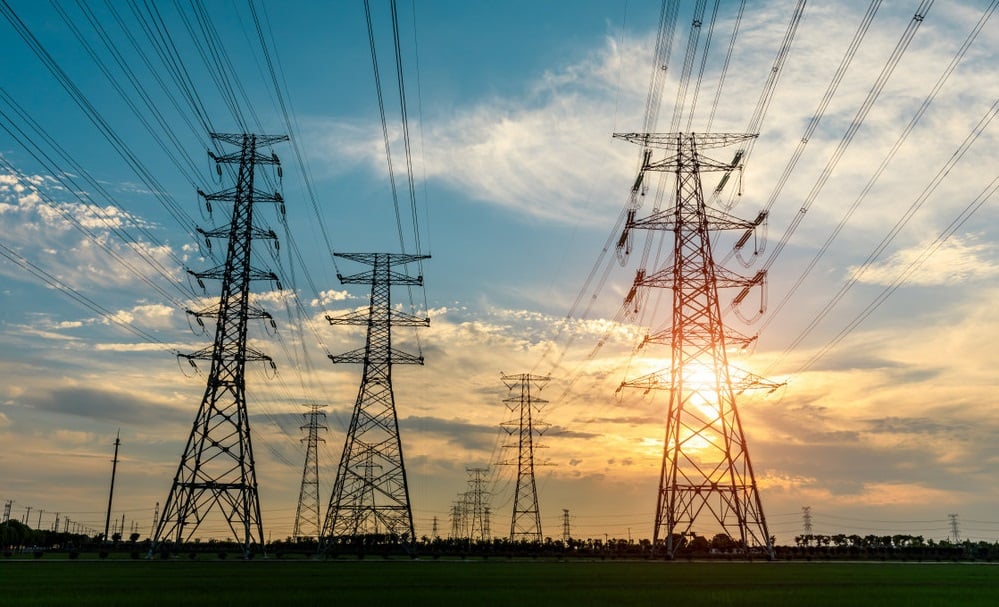
Grid-enhancing technologies (GETs) could be cost-beneficial in avoiding renewables curtailment while reducing the need for significant investment in new infrastructure projects, research from the US Department of Energy (DOE) has revealed.
GETs can provide benefits in a future system heavily reliant upon variable renewable energy, particularly in bridging the gap between today’s infrastructure and the grid needed to support ambitious climate goals, according to the report.
Unlock unlimited access for 12 whole months of distinctive global analysis
Photovoltaics International is now included.
- Regular insight and analysis of the industry’s biggest developments
- In-depth interviews with the industry’s leading figures
- Unlimited digital access to the PV Tech Power journal catalogue
- Unlimited digital access to the Photovoltaics International journal catalogue
- Access to more than 1,000 technical papers
- Discounts on Solar Media’s portfolio of events, in-person and virtual
Or continue reading this article for free
Titled ‘Grid-Enhancing Technologies: A Case Study on Ratepayer Impact’, the report found there is ample opportunity for GETs to support existing grid infrastructure and alleviate existing transmission constraints, as well as future constraints from expected shifts in power supply and demand.
The research focuses on two GETs: dynamic line rating (DLR), hardware and/or software that updates the calculated thermal limits of transmission lines based on weather conditions; and power flow controllers (PFCs), hardware and software used to push or pull power, helping to balance overloaded lines and underutilised corridors within the transmission network.
Featuring a case study focused on the New York Independent System Operator (NYISO) service area – which continues to incur high costs associated with congested transmission lines, according to the DOE – the report found that DLR and PFC could enable system operators to reduce transmission congestion.
NYISO was chosen because it already has wind curtailments despite low overall penetration, high congestion costs and large proposals for new transmission and renewables resources.
To integrate the large amounts of solar and wind needed to reach New York’s 70% renewables goal by 2030, significant transmission investment is required, however the use of GETs and other enabling technology can help facilitate this transition by making better use of existing transmission lines and potentially deferring traditional transmission upgrades, according to the report.
It said blanketing the NYISO system with DLR could provide more accurate situational awareness and efficiency, potentially resulting in US$1.7 million in avoided curtailed energy value over the year. Combining DLR with PFCs and a new substation to increase transmission efficiencies could result in the savings of energy valued at US$9.1 million.
Significant PV curtailment has been seen in the California Independent System Operator (CAISO) region as more large-scale and rooftop solar installations come online. According to the US Energy Information Administration, CAISO curtailed 1.5 million MWh of utility-scale solar in 2020, or 5% of its total utility-scale solar production.
The DOE research found that while traditional grid upgrades yield higher curtailment reductions, they are also more expensive to deploy. The report reads: “As a result, GETs deployment that reduces some, but not all, curtailment may be a more cost-effective method to integrate new generation in this area while providing more overall system flexibility.”
With gaps in public knowledge with respect to GETs leading utilities to established, known solutions, the DOE said a taskforce should be charged with providing industry with the data needed for fair GETs consideration to ameliorate the perceived risk of the modern technologies.
As well as calling for more training for planning engineers and grid operators so they are versed in new approaches, the DOE recommended that GETs should be evaluated as a candidate technology in resource and transmission planning and directly compared against traditional technologies.
Such recommendations are intended to transition GETs from promising potential capabilities to a practicable solution set utilised throughout the industry to improve the power system.
Findings from the research will support the Building a Better Grid Initiative, which was launched by the DOE earlier this year and aims to catalyse the development of new transmission lines and increase access to clean energy.
